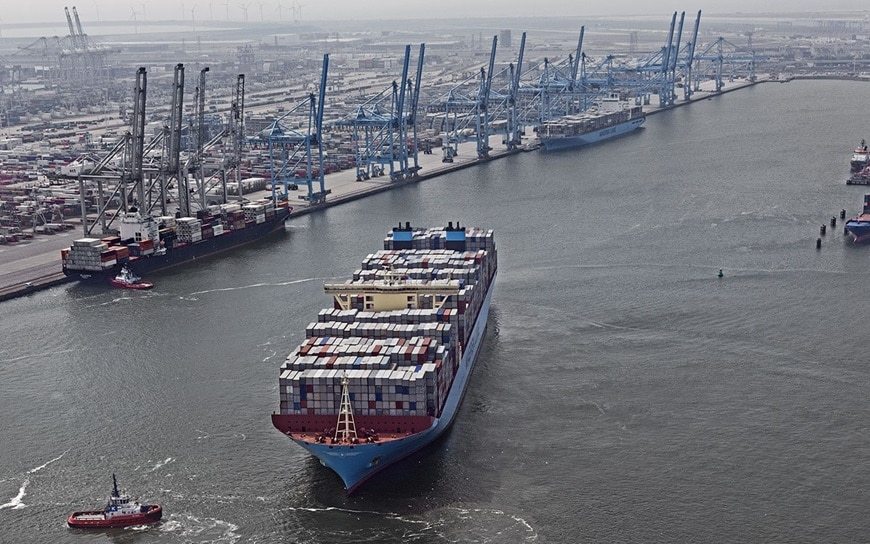The Port of Rotterdam Authority has announced the reduction of its total carbon emissions by nearly 27% during the period 2016-2020, while last year the Dutch port achieved a 12% drop.
The port’s total emissions volume combines those released by industrial production (refineries, chemical companies) and electricity generation (gas- and coal-fired power plants).
[s2If is_user_logged_in()]

A closer look at the Port of Rotterdam’s index shows that coal fired power plants have marked the largest decrease in carbon emissions from 2016, while chemical and oil refineries have remained more or less stable.
On the other hand, gas fired power plants have more than doubled their emissions, while in 2019 they released a record 4.3 million tonnes of carbon emission. And in a remarkable turnaround it is the first time in history that Rotterdam’s natural gas-fired power plants released more carbon into the atmosphere than their coal-fired counterparts.
In the meantime, the volume of greenhouse gases released into the atmosphere nationwide fell by 14% over the last five years and by 8% in 2020.
The carbon emissions of Rotterdam’s industrial sector fell by 1.1 million tonnes (7%), while industrial emissions nationwide remained at the same level. These reduced industrial emissions are a consequence of economic contraction over the course of 2020, said the port autority in its announcement. This slump led to reduced demand for oil and chemical products, forcing local industry to scale back its activities.
In 1990, the port of Rotterdam released over 20 million tonnes of CO2 into the atmosphere. Up to 2016, the emissions increased to over 30 million tonnes as a result of the expansion of existing companies in Rotterdam and the arrival of new ones.
From 2016 on, the port was able to report substantial reductions. By 2020, emissions were close to the total volume recorded 30 years ago, while at the same time the port area increased 20%, and the annual throughput was some 50% higher.
[/s2If]
[s2If !is_user_logged_in()]Please login or register to read the rest of the story[/s2If]







